Vasily Grossman was a war correspondent in the Soviet Union during World War II. After the war he became a novelist, and
Life and Fate, about life in the Soviet Union during the Battle of Stalingrad, is considered his masterpiece. Written in 1960,
the novel was suppressed by the KBG and not published until after a manuscript was smuggled to the West in the 70's.
Last night I finished watching the 12-part TV series adopted from
Life and Fate (Amazon Prime; Russian with English subtitles). As you might expect, life in Soviet Union under Stalin was a dystopian nightmare where political persecution was so commonplace that various slang terms developed around it. For example, one character warns another
"Don't you know you could get a 'tenner' [ten years in the gulag] for telling that joke?"
It is easy enough to imagine how fortunate we are not to live in such a time and place. But as I watched the show, it dawned on me that such optimism may not be entirely warranted.
There are disturbing parallels between life under Stalin and life under "progressive" ideology today, and maybe we are in the incipient stages of a revolution that will push us every closer to Uncle Joe's way of doing things.
Two examples will suffice to demonstrate my point.
Cancel culture is Soviet-style denunciation writ small. Nuclear physicist Viktor Shtrum is the main character in the series. Viktor protests when his superiors fire a secretary in his office because she is Jewish. Despite his brilliant scientific work, his colleagues denounce him as an enemy of the state, and put him on the road to losing his livelihood, exactly like a victim of cancel culture today.

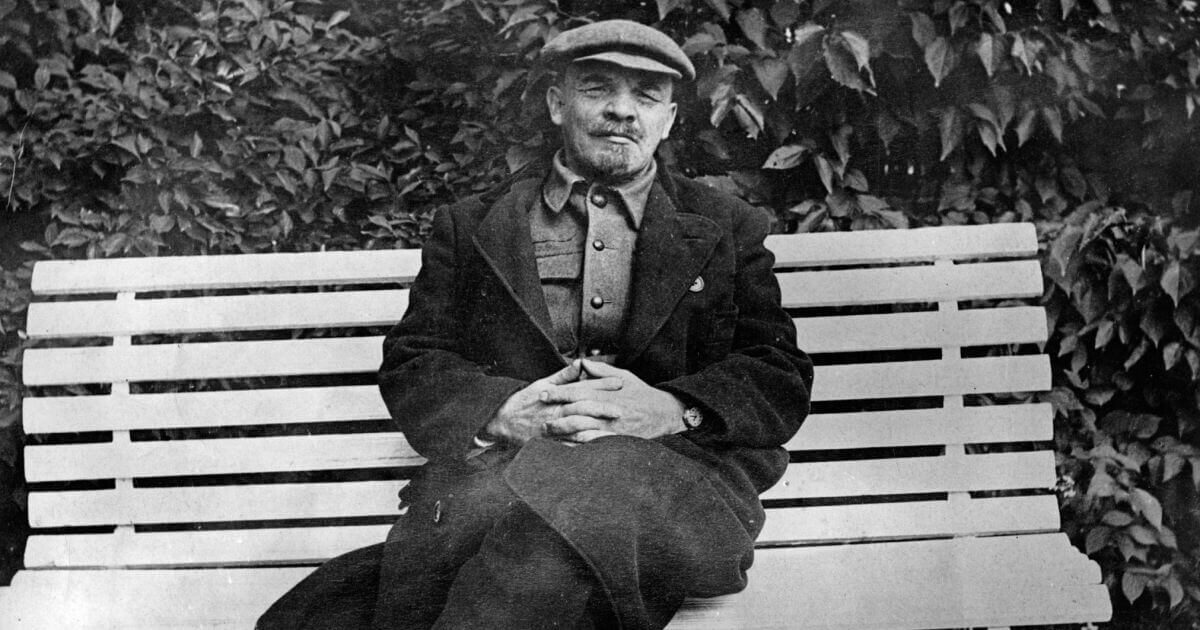


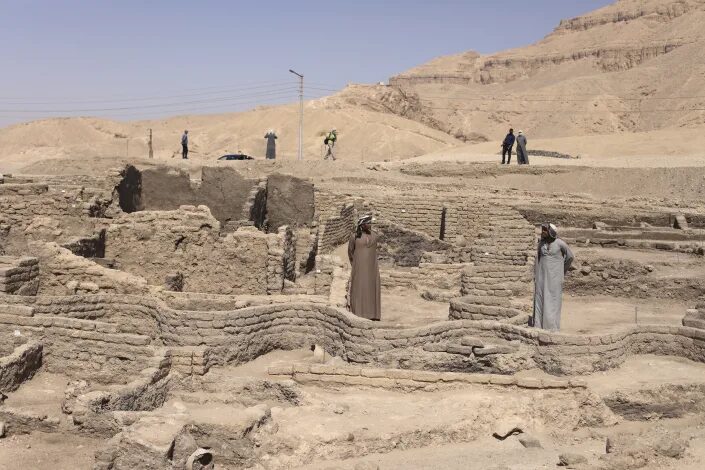
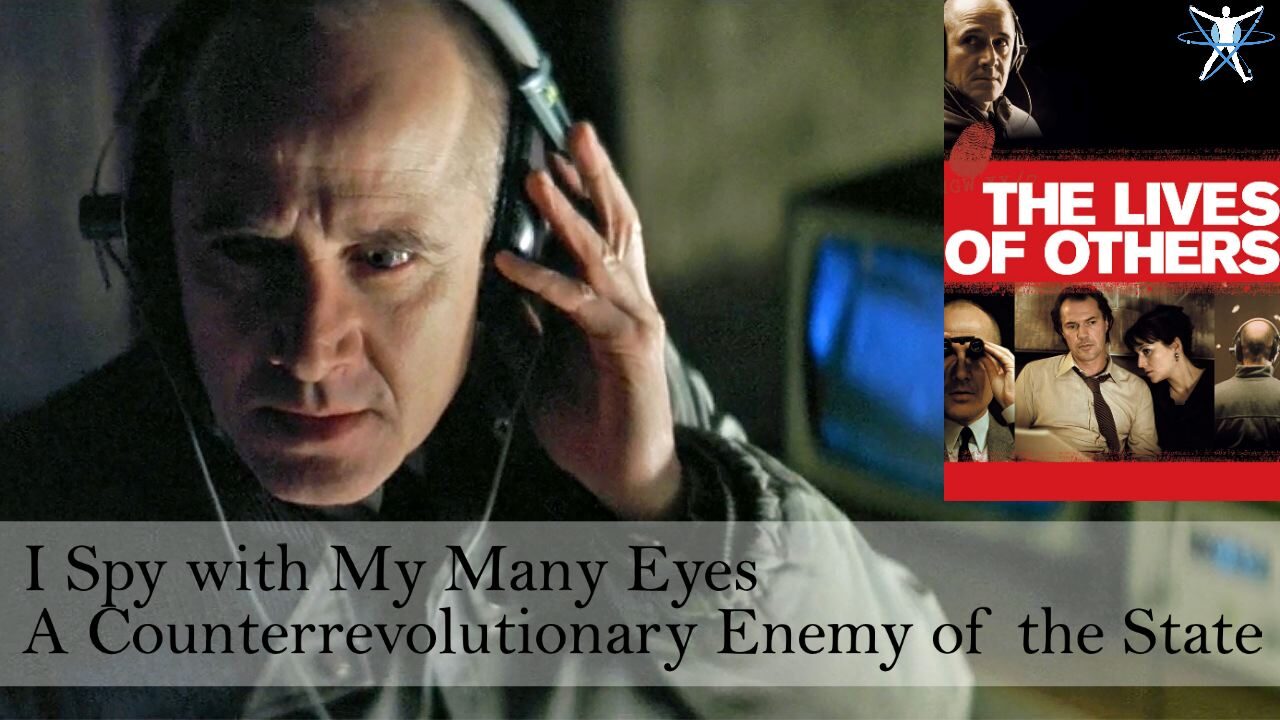
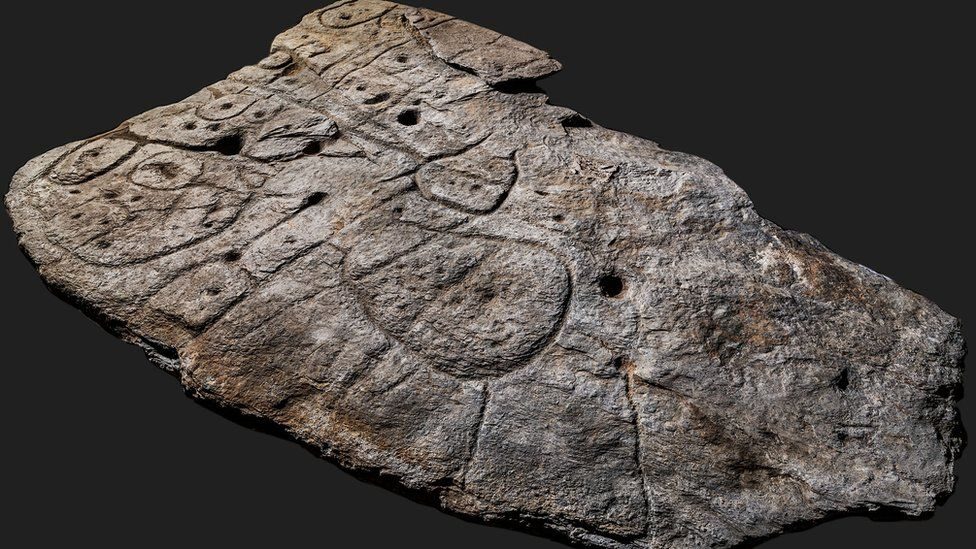
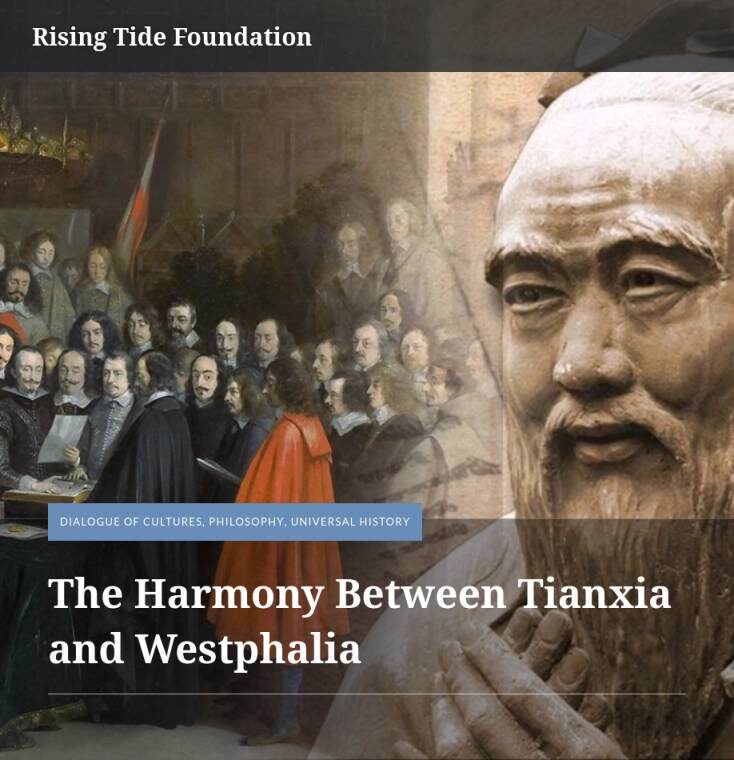
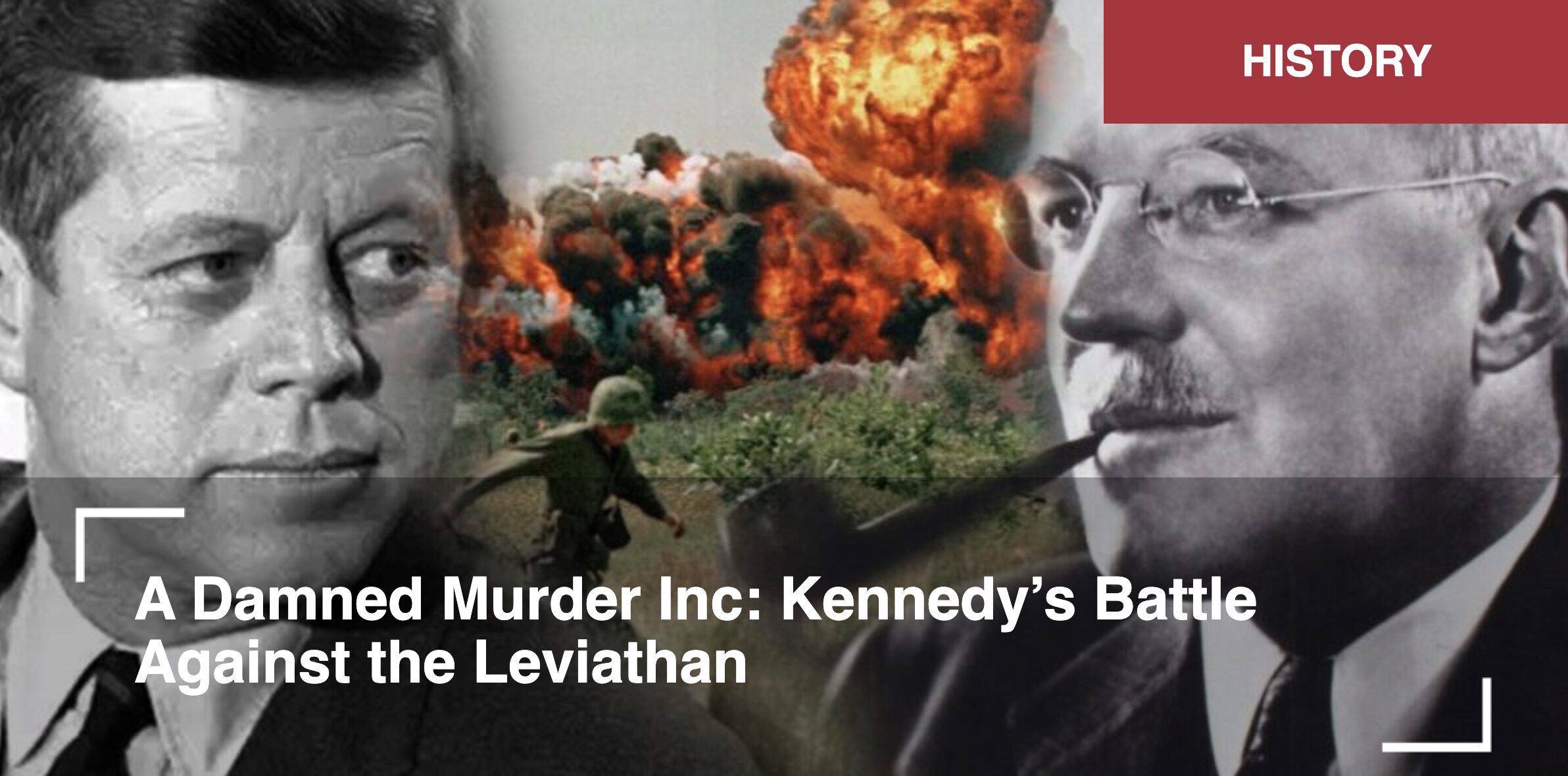

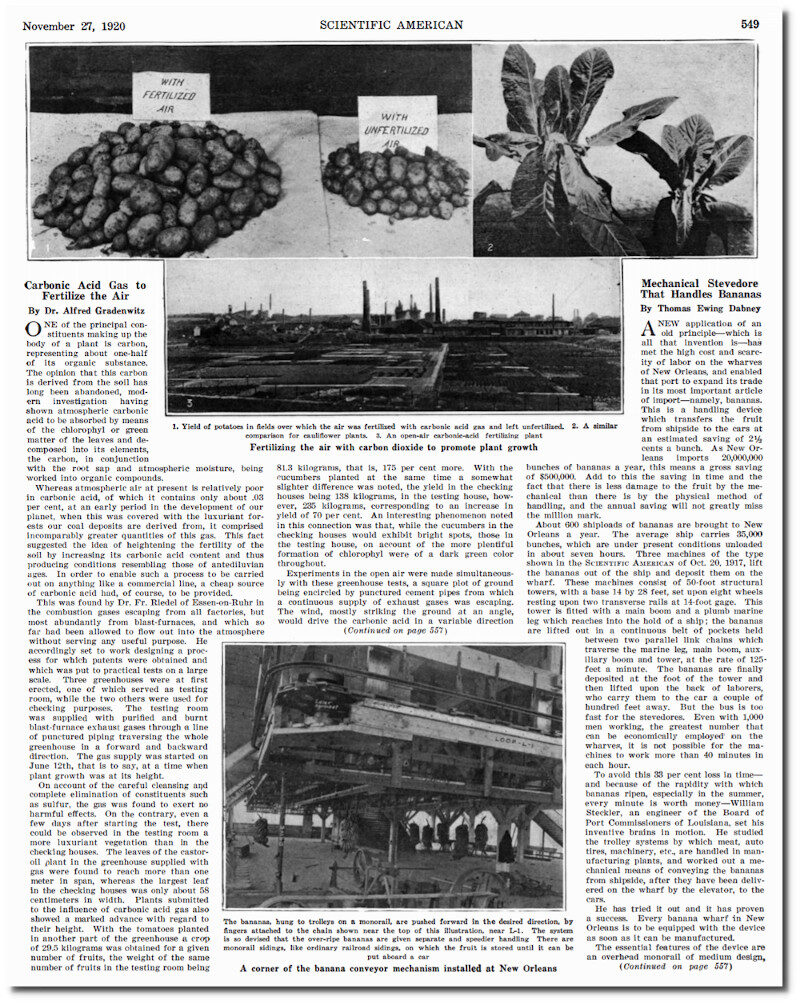



Comment: See also: